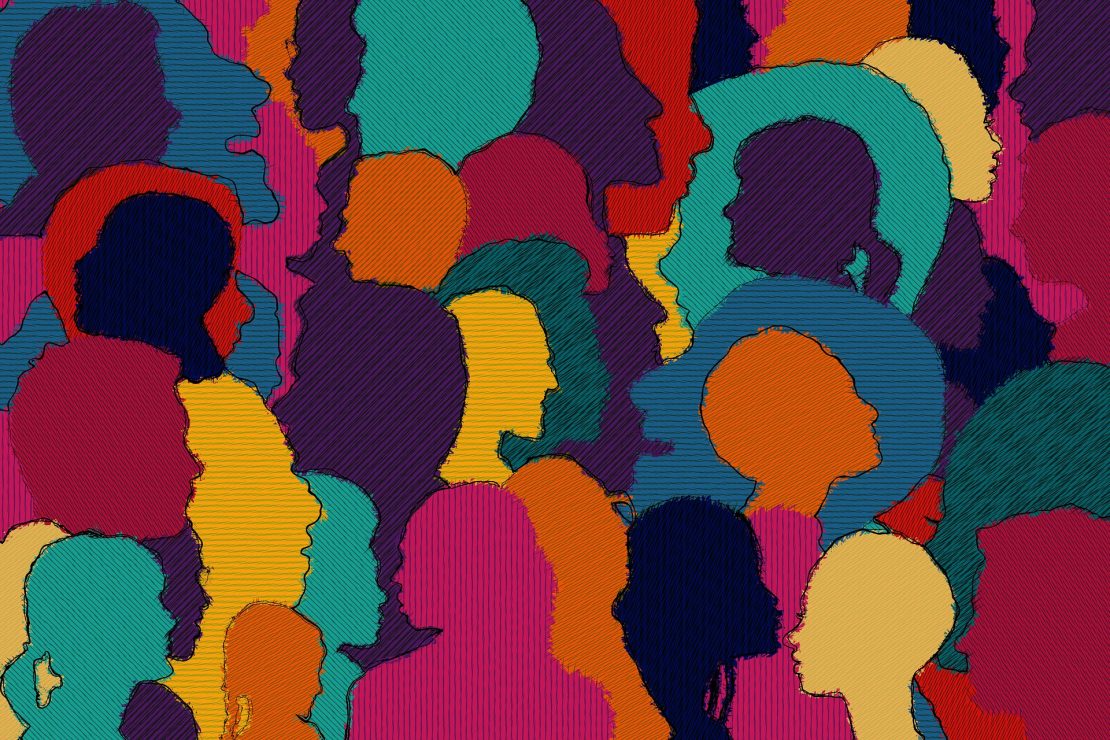The release of the annual Academic Staffing, Recruitment, and Vacancies Report details diversity of UVic’s full-time faculty and librarians

Illustration by Gerd Altman via pixabay.
UVic released its annual Academic Staffing, Recruitment, and Vacancies Report for 2021–2022 this past October.
This report provides an overview of UVic’s full-time faculty and librarian personnel, including new position openings, resignations, appointments, and retirements, with data ranging from July 1, 2021 to June 30, 2022.
So, how diverse is UVic’s faculty and librarian personnel?
Of continuing faculty surveyed, 32 identified themselves as Indigenous. The report indicates this as an increase of 52 per cent over the last five years. However, UVic only had 21 Indigenous faculty in 2017–2018, meaning that this increase constitutes 11 additional Indigenous faculty in the past five years.
In the report, UVic indicates that they hope to increase the number of Indigenous faculty and librarians at UVic by establishing more “priority recruitment strategies across the university.”
The university’s report further included librarians and faculty who are visible minorities or who have disabilities, stating that 97 faculty identified as a visible minority and 28 identified as having a disability or disabilities. This is slightly different to last year’s report, where 103 faculty identified as a visible minority. The number of faculty identifying as having a disability or disabilities has remained the same.
“We continue to implement the Employment Equity Plan, actively encouraging applications from members of groups experiencing barriers to equity so that we can increase the diversity of our faculty and librarian complement,” says the UVic report.
As of 2022, the Equity Action Plan has replaced the Employment Equity Plan.
However, some at UVic believe that diversification in hiring isn’t enough.
“It’s not enough to hire people to look or appear inclusive … these individuals will still face disproportionate burdens of labor and racism,” said Maya Mersereau-Liem, the coordinator for the Students of Colour Collective (SOCC) advocacy group on campus.
“When you’re not continuously supporting these individuals and giving them the funding and support and protection that they need, they’re going to continuously face violence on an individual level, and that’s gonna be exhausting and isolating.”
Mersereau-Liem questions how UVic is going to further support these marginalized faculty and librarians and help them succeed in their positions.
“Drawing on the Equity Action Plan, they specifically say that UVic is attempting to dismantle all forms of oppression,” Mersereau-Liem said. “But I understand that as just being words right now because we haven’t seen the action.”
Mersereau-Liem sees the Equity Action Plan as a strategy groups such as SOCC can use to hold the university accountable, but is otherwise doubtful of the implementation of actual action that the university promises.
“Until we see the faculty of colour being supported adequately, and not facing racism on a day-to-day basis, and not being isolated in those experiences … I think these are kind of all just words on paper,” said Mersereau-Liem. “And [change] really will just come from action.”
In their report, UVic states that they are in the process of creating a new strategic plan, which is scheduled to be released in early 2023.
“Our institutional plans, together with our scholarship and partnerships, send a strong message about what we value as an institution, our priorities, and strategic direction for future recruitment,” said UVic.
Editor’s note, Nov. 28, 2022: four uses of the term “staff” have been replaced by “librarians” to correctly reflect the employee group surveyed in UVic’s report and a Martlet Instagram post which also included this error has since been archived. The headline of this article has been changed to reflect the correction. Further, the Equity Action Plan was released in 2022, rather than 2021 as was previously stated in this article.








